CHIROPRACTIC CARE FOR KIDS IN BROOMFIELD
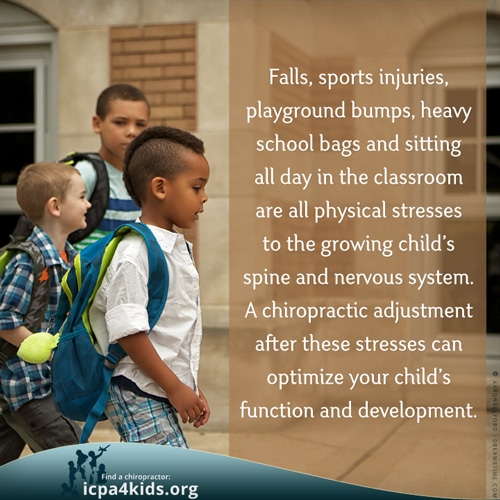

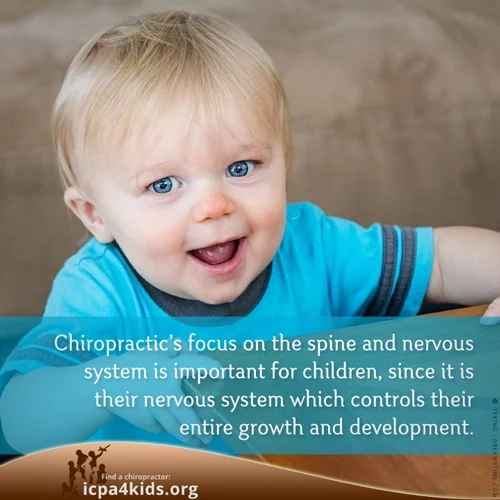
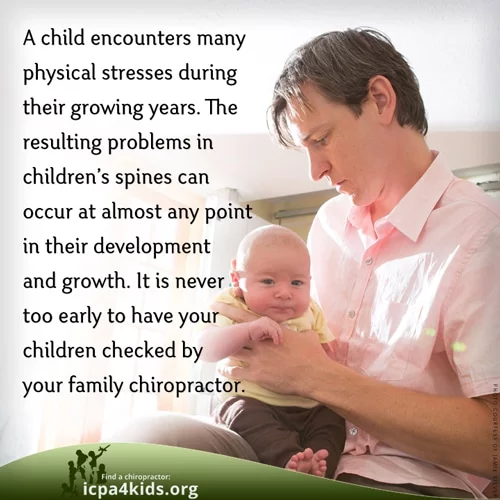
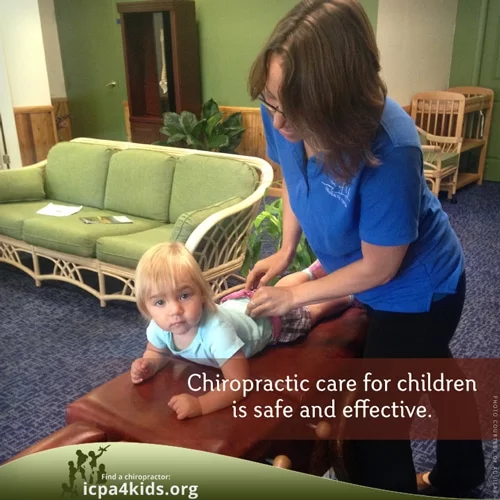
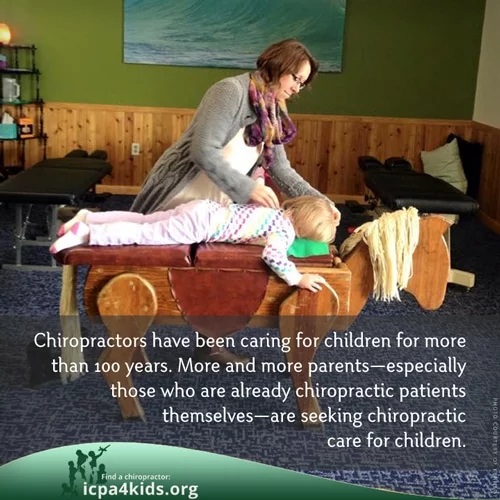
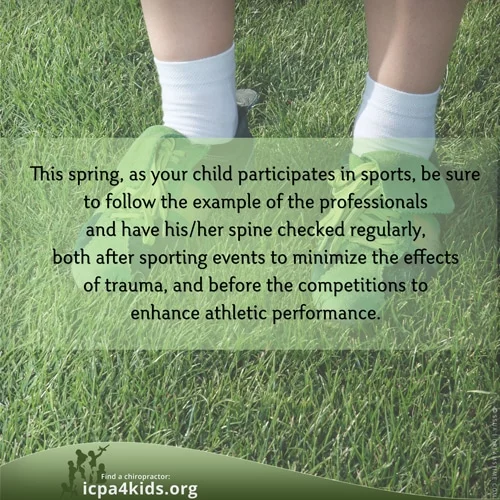
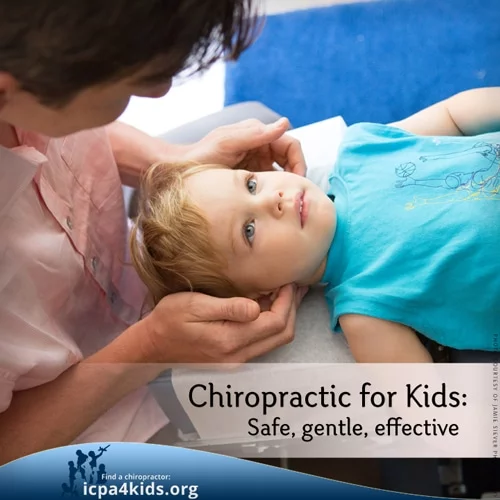
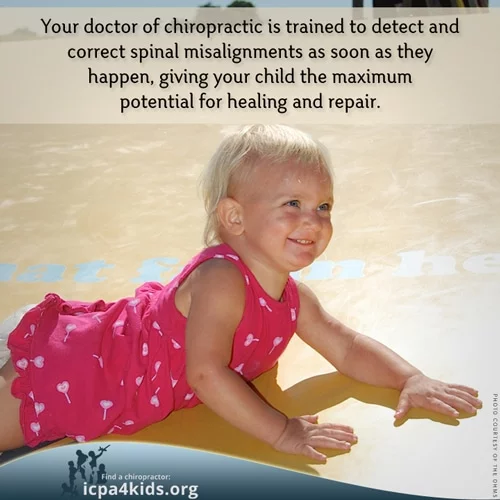
Just like adults, children and babies are simply healthier when their spines have ease and mobility. During these crucial years of growth and development, it is essential that their nervous systems are free from interference. The nervous system controls everything for the developing baby in the womb all the way through adult life – processes including growth, learning, repair, digestion, immune function, respiration, and more. The spine is our window to the nervous system, and by ensuring it is free from interference, the body can function the way nature intended.
CHIROPRACTIC AND SCOLIOSIS: ADULTS HELPED, BUT BETTER ADDRESSED IN KIDS EARLIER
A 2011 study revealed that multimodal chiropractic treatment can significantly ease the pain and disability of adult scoliosis. This is one of the first studies on the effects of chiropractic and exercise on adult scoliosis and showed promising results.
In the study, 28 patients with adult scoliosis participated in a chiropractic rehabilitation program for two years. The program included exercise and weight-bearing activities designed to correct spinal misalignment. The exercise was facilitated by a chiropractor for six months, and then patients were assigned at-home exercises for the remaining duration of the study. After six months of treatment, patients saw their disability scores cuts in half and experienced a 40% reduction in pain. The majority of patients’ spines became less abnormally curved. This improved spinal alignment made it easier for patients to breathe normally — something that often becomes difficult with scoliosis.
Degenerative adult scoliosis causes the spine to become progressively more curved; eventually, the spine can begin to compress nerve roots, causing pain. Gentle chiropractic adjustments and exercise can ease the compression of nerves while promoting proper spinal alignment.
Morningstar, MW. Outcomes for adult scoliosis patients receiving chiropractic rehabilitation: a 24-month retrospective analysis. Journal of Chiropractic Medicine. 2011;10:179-184.
